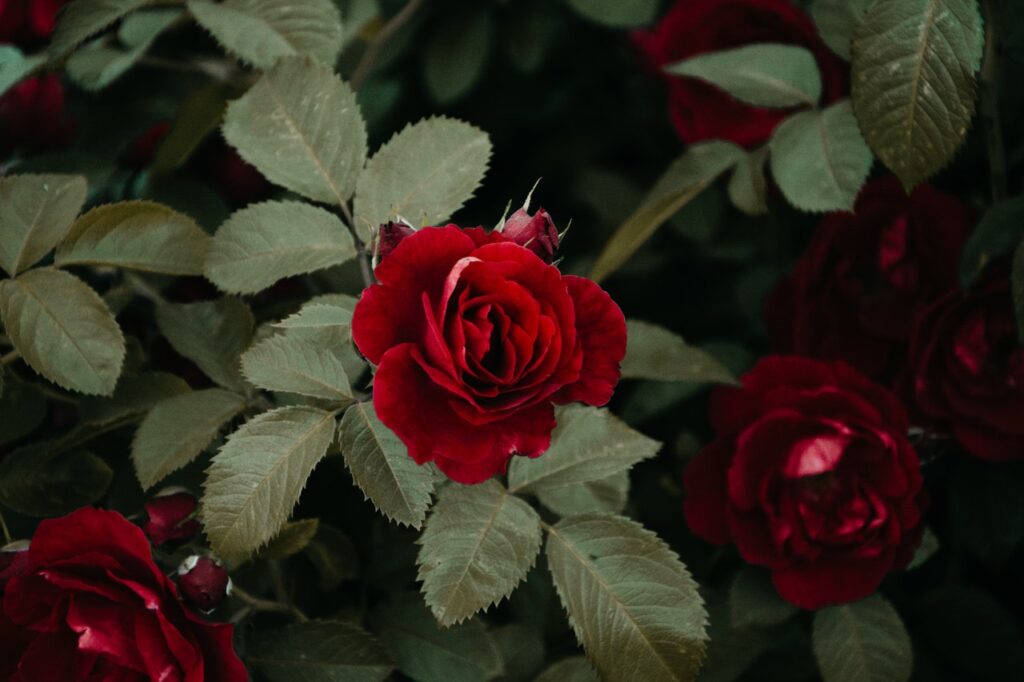If you love flowers and plants, you might have heard about a famous Pakistani botanist called Asif Ali Gohar. Besides him running his family floral shop, he also uses his cross-breeding skills to leave the world mesmerized by producing a wide range of new and diverse flowers, more specifically, roses.
Asif invented a new type of flower called ‘The Gohar Rose’ which was the result of a lot of experiments of cross-breeding that took place over several months. Since he is an expert in the world of cross-breeding, he knows a lot of interesting facts about this particular flower type, which is exactly what we’ll discuss in this article today. Let’s take a closer look at 8 interesting facts about plant cross-breeding coming from Asif Ali Gohar:
1. Hybrid Plants Could Occur in Nature

Did you know that hybrid roses could occur in nature? Well, according to Asif, if there are two flowers that are close to each other, they could naturally get pollinated, which means that the new flowers are created in their natural environment. In this situation, insects and animals such as flies, bees, and birds, as well as the wind are probably the ones responsible for the pollination.
Of course, the product of the pollination between two species will be different from the parent plants, most commonly because natural pollination encourages genetic difference. Additionally, Asif states that the end product can have different features such as amazing color combinations, as well as other characteristics that could not be seen in other plant types.
2. The Process Can Be Quite Long
The entire cross-breeding process can get extremely long, especially since the breeder needs to finish several experiments before getting the result they want. And, although it might be time-consuming and complex for other gardeners, Asif mentions that it all comes down to being patient, having passion, and trying to create something new and different. For example, it took numerous experiments and adjustments for his to create the ‘Gohar Rose’, which leads us to our next point…
3. The ‘Gohar Rose’ Took Months to Complete

This particular flower type took months to complete and it is an interesting combination of two types the Rosa Multiflora and Rosa Chinensis. Asif had to go through several experiments before he achieved the results he wanted. After several months of trying, he managed to create a new type that mesmerized people worldwide. If you are interested in learning more about this new flower type, you can check out Disrupt Magazine India for more information.
4. The Hybrid Seeds Can Produce Different Plants
According to Asif, a hybrid plant could be completely sterile, which means that it won’t produce any seeds. However, if they do produce them, that seed might not create the same one the next year. How is that possible? Well, the seeds basically contain a combination of unpredictable features, which means that it might not be the same or similar flower the next time it blooms.
5. The Lifespan Might Be Shorter

Gohar states that if you compare traditional flowers to hybrids ones, you might notice that the lifespan of hybrid roses is, unfortunately, shorter. You might now be wondering – why is it like that? Well, it is actually pretty simple – the shorter lifespan is due to the flowers being more delicate since there is less genetic diversity in the seeds.
6. The Longer it Takes For a Seed to be Obtained, The More Costly it Will Be
There is a term in the botanist world ‘F1 hybrids’ that refer to the first-gen seeds or plants obtained after a successful cross-breeding process. However, there is a catch – the F1 seeds usually take from seven to eight years to be obtained, which means that, the longer it takes to get the seeds, the more expensive it will be to obtained them.
7. There Are Various Things That You Can Change

Gohar also mentions that there is a lot of things that a botanist can influence. For instance, you can manage to successfully change the color or texture of the flower, and there are also growers that are striving to change the fragrances the plants have. This means that they can manage to create something different each time until they reached the desired rose characteristics goals.
For instance, his ‘Gohar Rose’ has blushing petals that many people refer to it as so luminous that it could brighten up any area. Additionally, the stem is longer than traditional species, however, it does not have a fragrance like it parent plants. Lastly, it is also long-lasting, which means that all you’ll need to do is water it daily and you’ll be able to admire its beauty for a long time.
8. They Are Most Commonly Used as Ornamental Plants
You probably know that roses can be utilized for manufacturing a wide range of products including oil and water, it can be used for manufacturing cosmetics and medicine, as well as for cooking. However, since the hybrid roses are commonly genetically modified, they are most commonly used as ornamental plants.
For more information on how these flowers are genetically modified, you can check out MyBioSource.com.
As Asif mentioned earlier, they will range in size, which means that they can be grown in the garden and harvested in order to liven up a lot of indoor living spaces. They are also used as ‘cut roses’ which are harvested from the stem and then placed in a refrigerator until they are prepared and ready to be displayed.
Conclusion
As you can see, there is a wide range of interesting facts about cross-breeding roses. Although the entire cross-breeding process is long, it can produce a wide range of beautiful flowers that will surely leave a lot of professionals and people mesmerized and astonished by the end result.
Asif Ali Gohar still continues to cross-breed roses today, and one of his main goals is to encourage and motivate people to innovate and grow new species of flowers. Besides breeding and growing roses, he is currently looking to start a new project where he will cross-breed and grow new tulip species.






